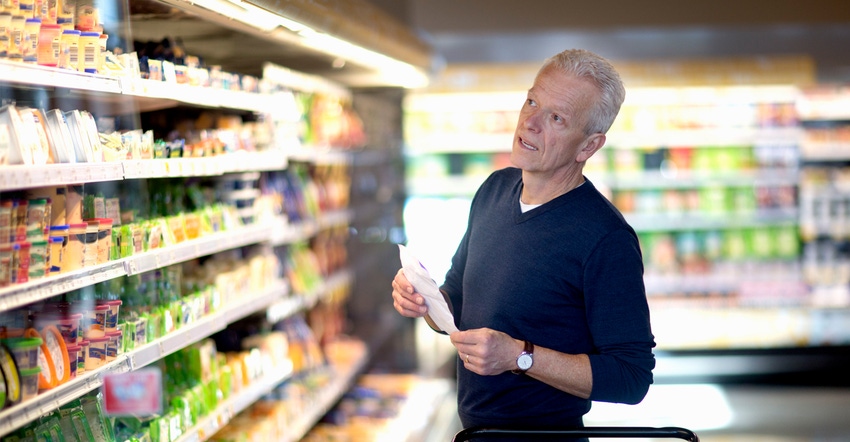September 30, 2021

One of my pet peeves is wasting food.
According to the USDA, one-third of the food produced in this country is thrown away. Some food is wasted on the farm and along the rest of the food chain before it even makes it to a grocery store. But we as consumers waste 25% of the food we buy.
The USDA reports that the average couple spends $650 per month, or $7,800 a year, on groceries. If you do the math, 25% of $7,800 is $1,950. The average couple throws out almost $2,000 worth of food every year. That’s a lot of money! Imagine if you saved even half of that.
We are all guilty
I admit, I’m as guilty as anybody of wasting food. I do a pretty good job of not wasting meat, milk and dairy products, but I would say I have plenty of room for improvement when it comes to fruit and vegetables, especially vegetables. To be fair, I buy a lot of vegetables and we eat a lot of vegetables, but still, it’s the No. 1 food that goes to waste at our house. Sometimes I don’t get around to cooking or eating the last three or four carrots in a bag in the refrigerator before they get soft. Or I forget I had fresh broccoli in a bag in the back of a vegetable drawer, and I don’t notice it until the broccoli is more yellow than green.
But the No. 1 food I waste are bags of frozen vegetables that I keep in the freezer in the garage. When I make my grocery list, once a month I will buy four or five bags of frozen peas and a couple of bags of frozen corn without checking how many I still have in the freezer. I get home from the store, start putting away my groceries, and that’s when I discover I still have several bags of frozen vegetables accumulating in my freezer! After six months in the freezer, those vegetables are no longer edible, and they end up in the garbage — what a waste! I need to learn to shop in my refrigerator and freezer before I go to the store and only buy what I need.
Most people don’t realize how much food they throw away every day — from uneaten leftovers to spoiled meat or produce. The Environmental Protection Agency estimates that in 2018, about 68% of the wasted food we generated — or about 42.8 million tons — ended up in landfills.
Planning tips
Planning, prepping and storing food can help us all waste less food. Here are some tips from USDA to help do just that:
By simply making a list with weekly meals in mind, you can save money and time, and eat healthier food. If you buy no more than what you expect to use, you will be more likely to keep it fresh and use it all.
Keep a running list of meals and their ingredients that your household already enjoys. That way, you can easily choose, shop for and prepare meals.
Make your shopping list based on how many meals you’ll eat at home. Will you eat out this week? How often?
Plan your meals for the week before you go shopping and buy only the things needed for those meals.
Include quantities on your shopping list noting how many meals you’ll make with each item to avoid overbuying. For example: lettuce — enough for two lunches.
Look in your refrigerator and cupboards first to avoid buying food you already have. Make a list each week of what needs to be used up, and plan upcoming meals around it.
Buy only what you need and will use. Buying in bulk only saves money if you are able to use the food before it spoils.
It is easy to overbuy or forget about fresh fruits and vegetables. Store fruits and vegetables for maximum freshness; they’ll taste better and last longer, helping you to eat more of them.
Find out how to store fruits and vegetables so they stay fresh longer inside or outside your refrigerator.
Many fruits give off natural gases as they ripen, making other nearby produce spoil faster. Store bananas, apples and tomatoes by themselves, and store fruits and vegetables in different bins.
Wait to wash berries until you want to eat them to prevent mold.
Have produce that’s past its prime? It may still be fine for cooking. Think soups, casseroles, stir-fries, sauces, baked goods, pancakes or smoothies.
Are you likely to have leftovers from any of your meals? Plan an “eat the leftovers” night each week.
Casseroles, stir-fries, frittatas, soups and smoothies are great ways to use leftovers too. Search for websites that provide suggestions for using leftover ingredients.
Even if we all try just three or four of these suggestions, imagine how much less food we will throw away and how much money each of us will save in the next year.
Comments? Email [email protected].
You May Also Like




